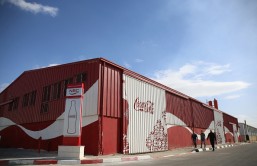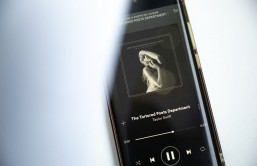NASA's Curiosity rover passed what has been called a "milestone" after firing its 100,000th laser shot.
The laser is used to determine the chemical makeup of Martian rocks and soil, a NASA's Jet Propulsion Laboratory news release reported.
The laser uses a technique called laser-induced breakdown spectroscopy to make its ground breaking discoveries. This technique has been used to monitor extreme conditions such as the sea floor and the inside of nuclear reactions. It has also been used for medical purposes, such as cancer screening.
The rover's 100,000th shot was only "one of a series of 300 to investigate 10 locations on a rock called 'Ithaca.'"
The Chemistry and Camera instrument (ChemCam) employs infrared lasers to interact with material in an area about the size of a pinhead, and transform it into glowing ionized gas (plasma). The rover than analyzes the light spectrum to determine what elements make up the object in question.
"Passing 100,000 laser shots is terribly exciting and is providing a remarkable set of chemical data for Mars," ChemCam co-investigator Horton Newsom of the University of New Mexico, Albuquerque, said.
By the beginning of this month Curiosity had fired its laser 102,000 times, 420 of them were aimed at either rock or soil targets.
Many of the spots get shot with 30 laser pulses at each specific point. The device has already succeeded in sending 1,600 images back to Earth.
The laser has the ability to send a "million watts of power for about five one-billionths of a second."
The research team is working to identify the "diversity of materials" inside of Mars' Gale Crater along with gaining insight into its development.
"These materials include dust, wind-blown soil, water-lain sediments derived from the crater rim, veins of sulfates and igneous rocks that may be ejecta from other parts of Mars," Newsom said.








